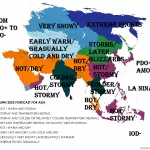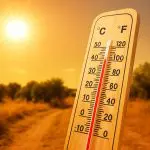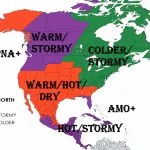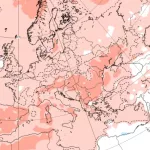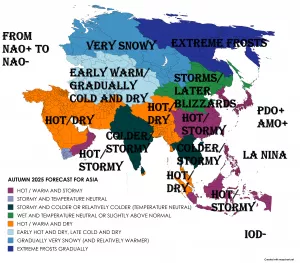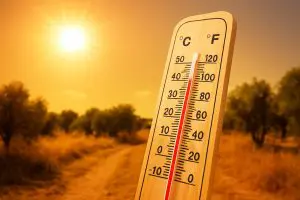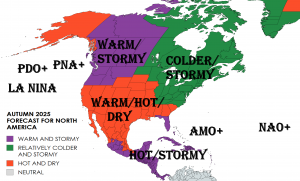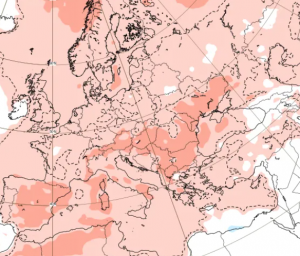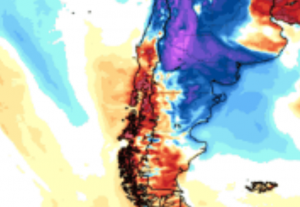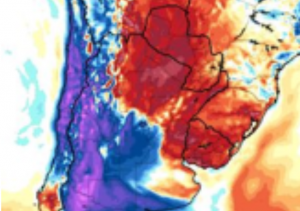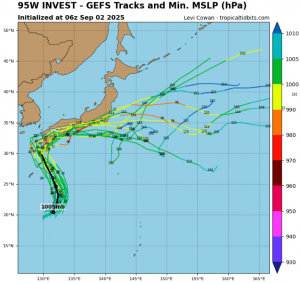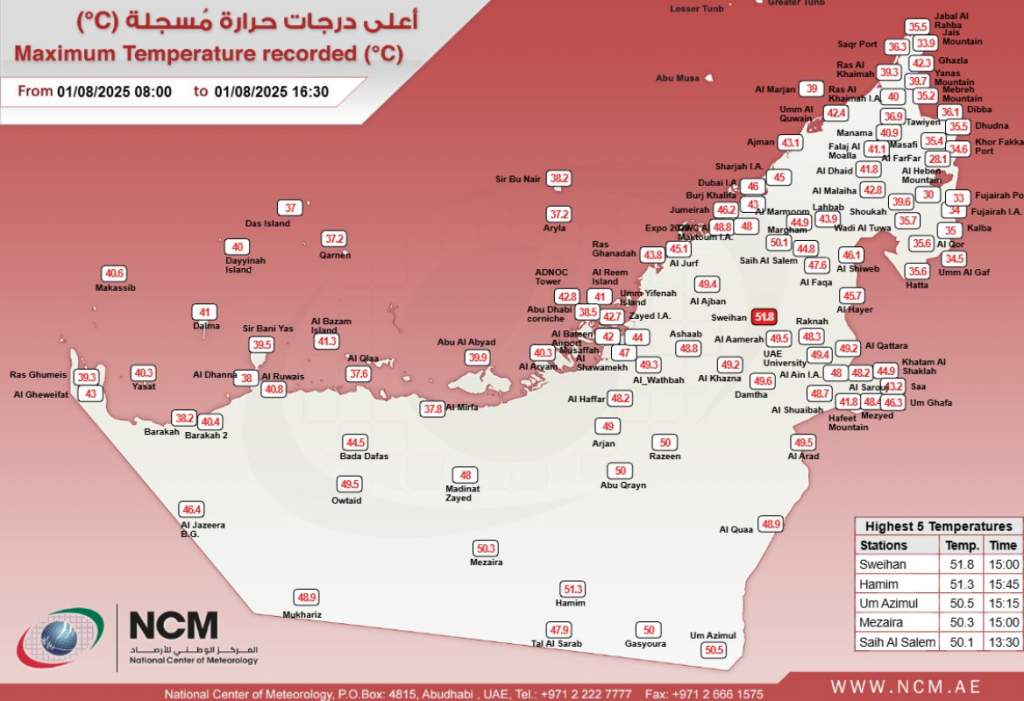
On August 1, 2025, the United Arab Emirates recorded its hottest August day in history when Swiehan registered an astonishing 51.8 °C (125.2 °F). This extreme temperature almost marks a new national record, surpassing all previous highs in the UAE in August, only 0,3°C below July 30, 2002 national record.
Situated in the heart of the Arabian Peninsula, Swiehan is no stranger to high temperatures, but crossing the 51 °C threshold is an extraordinary event that highlights the escalating severity of heatwaves in the Gulf region. This record-breaking day was driven by a strong subtropical heat dome combined with clear skies, low humidity, and stagnant atmospheric conditions that trapped intense heat near the surface.
The consequences of such extreme heat are profound. Public health risks rise sharply, with increased cases of heat exhaustion, heatstroke, and other heat-related illnesses, especially among vulnerable groups such as the elderly, children, and outdoor workers. Energy demand surges as air conditioning use peaks, putting pressure on power grids.
Environmental impacts include accelerated water evaporation, exacerbation of drought conditions, and stress on native vegetation and wildlife adapted to hot but less extreme climates. Infrastructure also faces challenges, as roads, airports, and other critical systems may suffer heat-related damage.
This record-setting temperature in Swiehan fits into a broader pattern of rising extremes across the Middle East in 2025, including new records in Iraq, Iran, and Turkey. Scientists emphasize that these soaring temperatures are consistent with predictions linked to climate change and underscore the urgent need for regional adaptation and mitigation strategies to cope with increasingly hostile summer conditions

Source: NCM / Weather Monitor X


